Good Posture in our society has unfortunately lost its importance, and is at the root of a lot of physical ailments.
We no longer live in closely knit communities since the industrial revolution, when children were taken care of by parents and grandparents, and taught how to hold their posture and follow their elders' example, and the fashion industry and modern designs of furniture have all played a big part in compromising good healthy posture.
In Africa and other indigenous societies who still live in close connection to nature, children grow up acquiring natural good posture by observing their elders, going about their daily activities.
As a child, adolescent and young adult, I had the good fortune to live in Kenya and Zambia where I was surrounded by great role models! Although I did not adopt their excellent posture at the time, their example and memory stayed deeply engrained in my every cell.
When I finally started my own recovery process from the first hip replacement in 2005, I learned to "live and breathe" good posture.
I learned to alleviate pain by correcting the way I walked, bending down, sitting and lying in bed. This proved to be the most powerful natural osteopath in the world, as gradually my body became straighter and taller.
Good posture is crucial in good health and will "readdress the root cause of pain and reduce or even eliminate muscle or joint pain and also prevent further degeneration" (Esther Gokhale, author of "Eight steps to a pain-free back").
Good posture is the primary aspect one learns in Qi Gong, as it helps to improve our energy levels, and blood circulation, and by learning to stand and sit tall, we decompress our spine, so our breathing improves, we increase in height, and create a natural feeling of well-being and self-confidence.
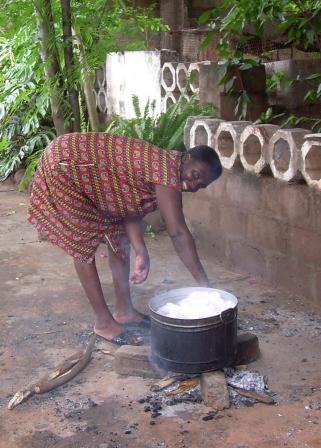
Florence Mukuni demonstrating a perfect 'hip-hinge'
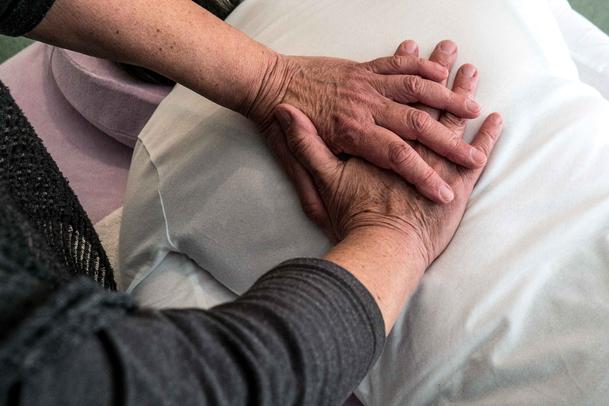
TUI NA comes from the Chinese words for 'Push' and 'Grasp'.
It is an ancient form of Chinese massage and manipulation that will rock 'n roll your pain away. It is an intense, deep and powerful massage done over cotton clothes, working on the acupuncture points to stimulate the flow of the body's energy channels.
Like acupuncture it can release the body's natural endorphins, inducing pain relief and the 'feel good' factor. It is very effective in the treatment of:
Tui Na (pronounced tway na) is the name used for a wide variety of massage techniques traditionally used in China and now spreading throughout the world. Tui Na is a professional branch of Chinese medicine which uses hand manipulations (massage) for therapeutic reasons.
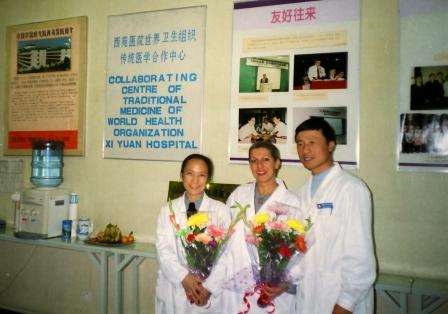
Nadia at the Xi Yuan Hospital in Beijing with Dr Zheng (L) and Professor Cai (r), head of the Tui Na and Qi Gong department.
Tui Na therapy utilises manual techniques to treat various energetic imbalances which may result in disease. This is achieved by:
The history of Tui Na extends back several thousand years. References to Tui Na techniques are mentioned in the oldest surviving written records on Chinese medicine.
Today, Tui Na is one of the three major elements of Traditional Chinese Medicine, along with acupuncture and herbology. All three therapies utilise the same theories and principles of health and disease. While sharing the same basic energetic theory, each area uses different means for influencing the energy of a person toward health and away from disease. All three therapies attempt to achieve the same results; however, they each use different techniques in the process.
To understand Tui Na it is important to realise that it is quite different from the Western forms of massage. Most Western massage focuses on relaxation, particularly of the muscles. Tui Na may be used for relaxation, but it may also be used to treat a wide variety of medical conditions. Thus, Tui Na is sometimes translated as Chinese Medical Massage.
One factor that distinguishes Tui Na from other types of massage techniques is the energetic quality. Tui Na incorporates an energetic focus with the manipulation of physical structures, such as muscles. This can be accomplished in many ways. For example, the rolling technique involves rolling the back of the hand back and forth over the area to be treated. Rolling does not require pressure, instead the focus is on the smooth, even, repetitive flow of the technique. These qualities establish a rhythm which produces a constant vibration. The vibration, or Qi (energy), then penetrates to the level where the Qi is blocked and promotes movement. Pressure is not required because the Qi of the techniques can penetrate and achieve the desired therapeutic result.
Whether for adults or children Tui Na presents several useful advantages. It may be used by people interested in maintaining good health either at home or through professional treatments. Tui Na can be used to treat conditions when they are very minor and simple, thus preventing the development of a more serious condition. Also, it may be used in conjunction with other types of therapy, either Chinese or Western, as one aspect of an overall treatment strategy.
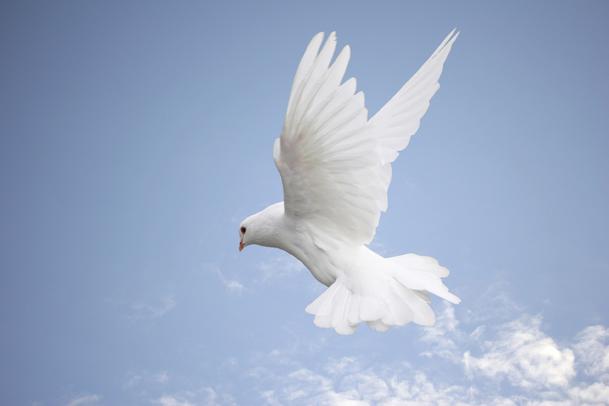
Throughout the ages, we have obscured our vision of the invisible energies around us.
People who have died and not moved to their heavenly dimension (where we all return to eventually) remain as ghosts either through fear of the unknown, previous beliefs, unfinished earthly business, or because living family members hang on to them either because they did not say goodbye, or simply miss them so much that they cannot let them go.
When this occurs it inevitably drains the energy of the places they hang on to or the people they don't leave after passing - hence haunted houses, places and sick people, who don't seem to get better. This is sometimes referred to as entity attachment.
Thanks to Nadia's invisible team of guides, angels and other subtle energies, she is guided to feel these energies and steer them into their rightful places.
This process clears the place or the person, who feel an instant and marked difference in their health, and most of their symptoms dissolve.
Nadia staved off talking about this ability out of fear of being ridiculed - but today she has the confidence and the joy to acknowledge this magical ability. She recognises at last part of her Soul's purpose, which thanks to her "invisible team's guidance", she pursues freely now and with confidence, as and when applicable.
Nadia believes it is "rude and unethical" not to acknowledge this very powerful force, which over the years has allowed her to help hundreds of people.
Spirit Release helps:
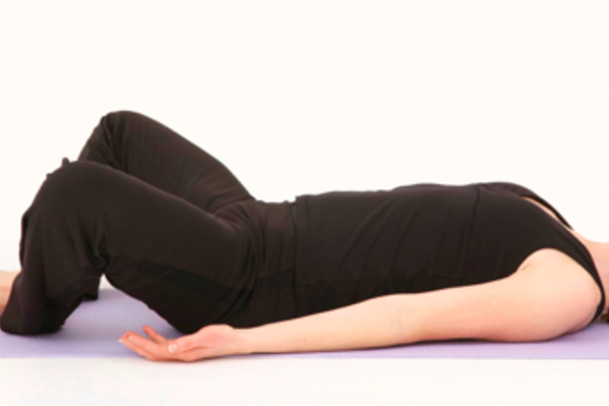
TRE stands for "Trauma Release Exercise", and was devised by David Berceli, a Traumatologist who travels the world helping war veterans, poverty stricken countries and thousands of people affected by trauma, stress and tension.
It is a method which is part of our human self-healing mechanism, and which mammals use all the time to clear stress from dangerous situations from their body - and the way they do this is by shaking, trembling, or tremoring. Something most of us have witnessed in our pets, like dogs and cats for example. This is a natural process which calms the animal down in order to resume normal life activities, hence restoring their system to their natural and balanced state.
These involuntary reactions are triggered by the autonomous nervous system (our "background operating system") which regulates our breathing, blood circulation, heart beat, hormone production, and all the rest of our organ functions.
We, as human beings also have the ability to shake and tremor our stresses and traumas away, but for survival's sake and through our social conditioning have learned to suppress this natural process in general. Although, most of us may have experienced trembling or shaking at some point in our lives, either after an accident or the loss of a dear one. When that happens it means that post traumatic stress disorder will not occur as a result of that particular incident.
David Berceli devised a set of six exercises to activate the major muscle groups of the legs and the core of our body - especially as the psoas muscles are the only muscles which connect the spine directly to the thigh bones.
These exercises may trigger off trembling or shaking in your legs or the rest of the body, which is the body's expression of releasing deep-seated tension, and normal.
The sensations you will experience are usually very pleasant and strange, and the best of all is that you will feel very relaxed afterwards!
Once you have learned how to do TRE, you will have a lifelong companion to help you release present and past tension/stress/trauma from your body, by yourself!
I will of course demonstrate each exercise to you!
As a result of attending several workshops and Application courses with Liz Koch of www.coreawareness.com, I am able to provide a non-invasive Psoas Release method. (See her website to find my name on her referral list).
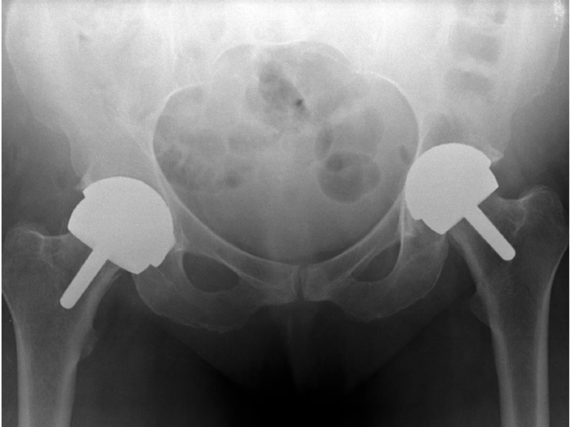
If you suffer from osteoarthritis and need or already own metal/ceramic joints, and you desperately wish you could regain your more agile days, this is the method for you!
If you have other health related challenges joining the True to our Roots tribe will also help you regain flexibility, the fluidity of body and mind, and relaxation.
If any of you readers remember Nadia's gruelling work-out days, which left you panting and sweating for more hard-working fun to catchy music, you may be curious to find out about her "cutting edge" Health & Fitness programme she has developed over the last 15 years, this time keeping in mind how the body responds, noticing how it feels during movements, improving its posture, merging the mind with the body.
The effects of this system are astounding and so simple! Best of all, you will feel great after even the first session, as instead of leaving you panting and sweaty, most of your aches and pains will have been alleviated or disappeared completely, and you will feel great to top it!
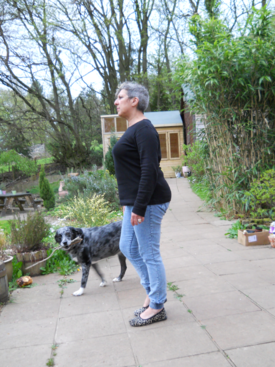
Posture Before Hip Surgery
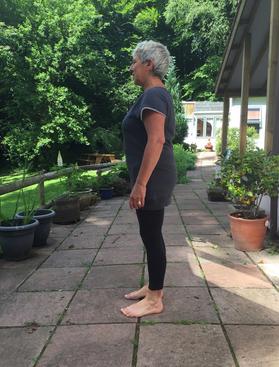
Posture After Hip Surgery
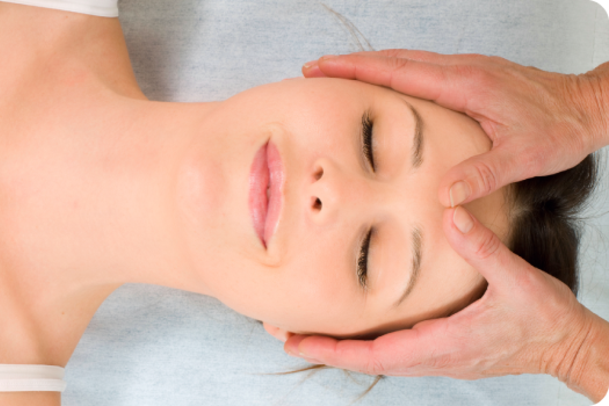
The following text is taken directly from the Upledger Institute website:
Cranio-sacral Therapy (CST) is a gentle, hands-on approach that releases tensions deep in the body to relieve pain and dysfunction and improve whole-body health and performance. It was pioneered and developed by Osteopathic Physician John E. Upledger after years of clinical testing and research at Michigan State University where he served as professor of biomechanics.
Using a soft touch which is generally no greater than 5 grams (about the weight of a 10 pence piece) practitioners release restrictions in the soft tissues that surround the central nervous system. CST is increasingly used as a preventive health measure for its ability to bolster resistance to disease, and it's effective for a wide range of medical problems associated with pain and dysfunction.
Few structures have as much influence over the body's ability to function properly as the brain and spinal cord that make up the central nervous system. And, the central nervous system is heavily influenced by the craniosacral system (the membranes and fluid that surround, protect and nourish the brain and spinal cord.)
Every day your body endures stresses and strains that it must work to compensate for. Unfortunately, these changes often cause body tissues to tighten and distort the craniosacral system. These distortions can then cause tension to form around the brain and spinal cord resulting in restrictions. This can create a barrier to the healthy performance of the central nervous system, and potentially every other system it interacts with.
Fortunately, such restrictions can be detected and corrected using simple methods of touch. With a light touch, the CST practitioner uses his or her hands to evaluate the craniosacral system by gently feeling various locations of the body to test for the ease of motion and rhythm of the cerebrospinal fluid pulsing around the brain and spinal cord.
Soft-touch techniques are then used to release restrictions in any tissues influencing the craniosacral system.
By normalising the environment around the brain and spinal cord and enhancing the body's ability to self-correct, Cranio-sacral Therapy is able to alleviate a wide variety of dysfunctions, from chronic pain and sports injuries to stroke and neurological impairment.
This is a form of moving meditation which realigns the body
It is a method Nadia has developed over many years of Qi Gong practice. By first transmitting qi (energy) through her fingers according to Qi Gong principles, she felt how bones, muscles, fascia and internal organs realigned themselves gently and fluidly without external force being applied.
This is a tapping version of either acupuncture or acupressure, which originates from traditional Chinese Medicine. Our emotions are the basis of our physical health, and EFT zeros in to deeply held emotions, getting to the root of them and by using our fingertips or a flat palm on various acupoints along the meridians or energy channels, the blocked energy gets tapped away, restoring the flow of clear energy and restoring us to harmonious health.
Nadia uses the method devised by Gary Craig, the founder of EFT. You can find out more about this technique on his website www.emofree.com
We are Energy Beings and experience and inherit intense emotions from the moment we are born. These create vibrations within the physical body which become stuck emotions in the body, like a trapped energy ball around which contractions occur causing diseases, mental and emotional over-reactions, post traumatic stress disorder, allergies etc.
By using the Emotion Code we detect the trapped emotions and using a magnet clear them from the body. This works like magic, with almost instant pain and symptom reduction.
The founder of this method is Bradley Nelson, author and teacher, and retired Chiropractor. You can find out more about this technique on his website drbradleynelson.com